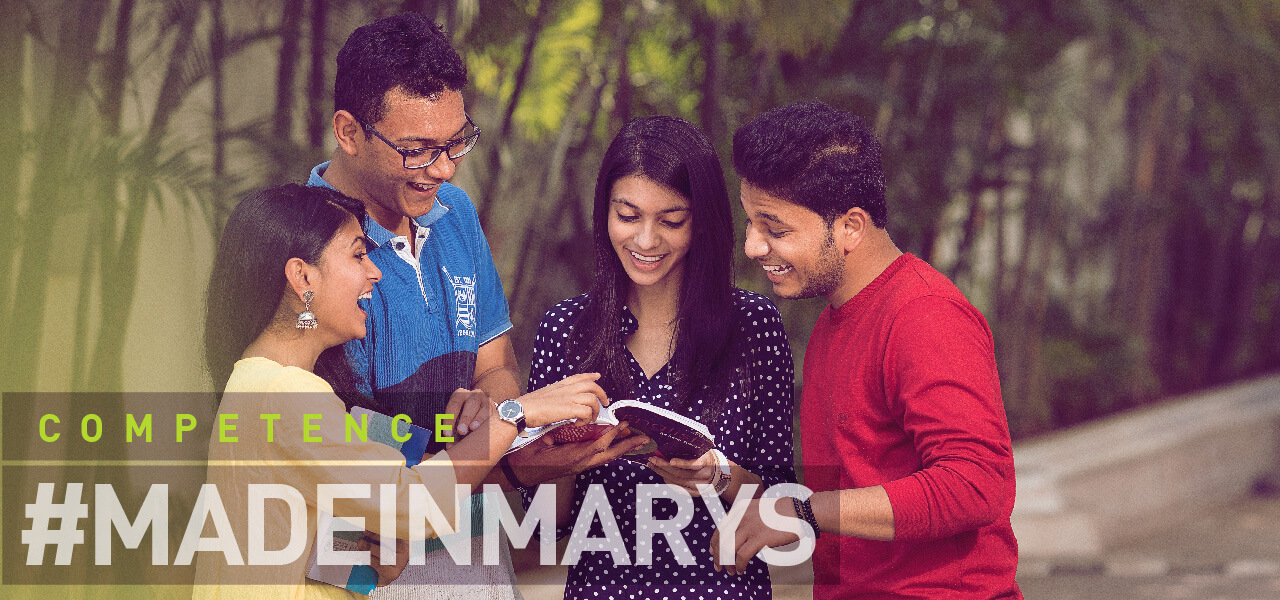
![]()
Learning Resources
Learning Resources refer to any material that help students learn and teachers teach. At St Mary’s College, we recognize that each student is unique. Students learn from multiple types of learning material and different students find different types relatively more effective. While mentors may be able to best determine what content will be most effective for their mentees, students ought to use a combination of resources to ensure intended learning outcomes. Primary learning resources are essential for the teaching-learning process. Supplemental resources provide enrichment beyond the documented minimum outcomes.
While Osmania University prescribes the reading material included as primary learning resources for each programme and course, faculty members at St Mary’s College, considering language, developmental, and ability levels and keeping in mind qualitative and quantitative evaluation and expected learning outcomes, suggest additional learning resources aligned to current standards and industry expectations. Every teacher, for every course, at the very beginning of the Semester, provides a Course Handout that outlines all Course Outcomes, Session Plans and the primary and supplemental learning resources, in addition to the ground rules followed in that Course.
The Course Handouts are available to all students registered for the programme and are currently on rolls. Course Handouts are placed either on the MPower (IRP) or on the Learning Portal (Moodle). Staff members and students can login to access the material.
Learning Resources provided for reference and use include physical books, journals and other printed material (copies of which are available in the Bibilotheque), pre-recorded lectures on the EXCEED flipped-classroom platform, e-resources such as online journals and reading material, multimedia resources such as videos and audio recordings, software applications including practice tools, gaming platforms including those used for self-assessment, blogs and other tools of self-expression, and research resources such as survey tools and statistical software.